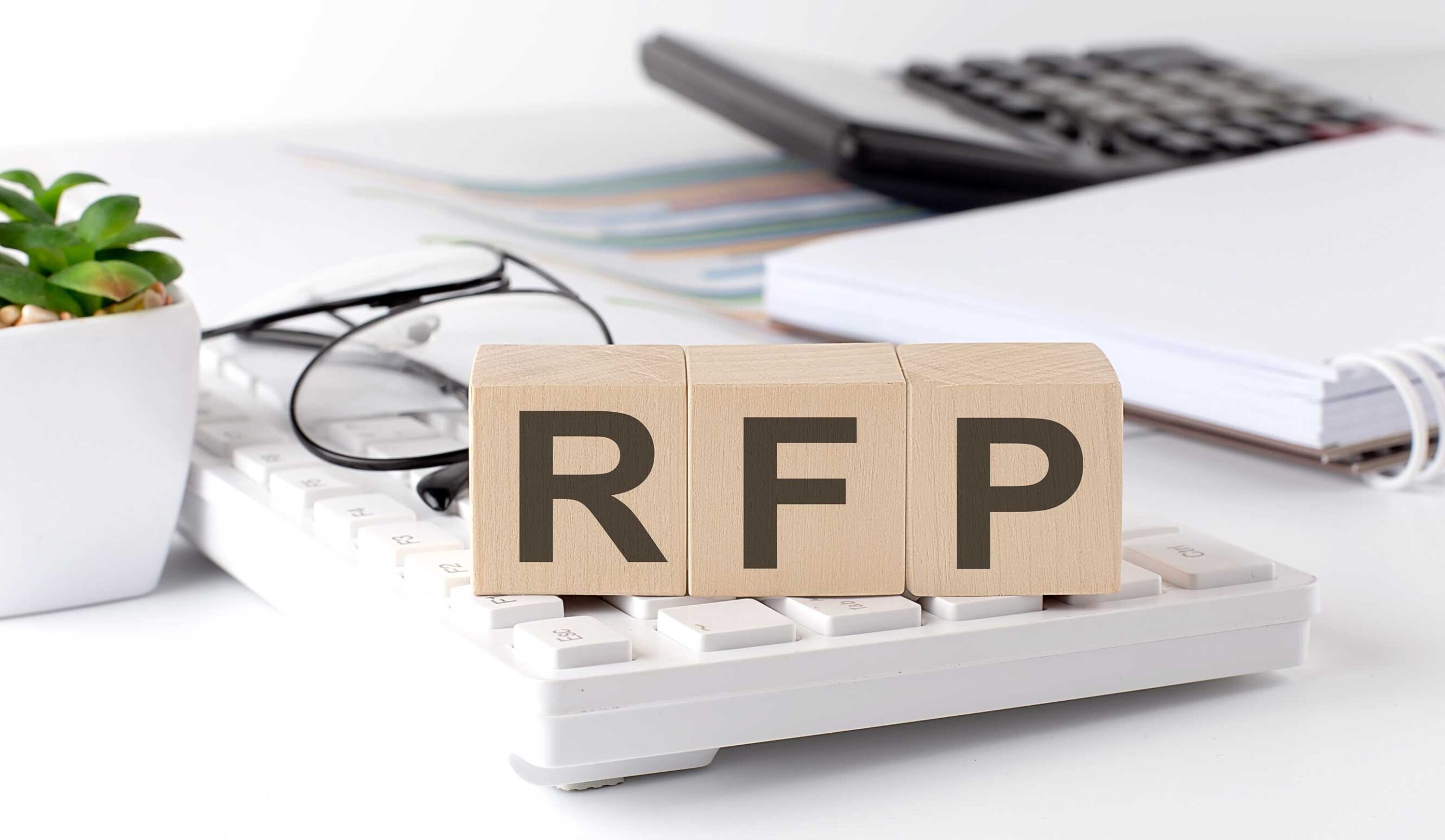Let ReviewAI Handle the Pre-signature Phase
ReviewAI provides a review of any contract and automatically redlines, annotates, and provides a risk rating based on your company’s…

A Request for Proposal (RFP) is a query with which in-house legal departments can outsource their work to external law firms. Especially nowadays, when legal departments must do more for less, the RFP is becoming an increasingly important tool.
A typical use case is when a business unit needs legal advice and turns to their in-house lawyers for it – this could be a request for an answer to a simple query or, at the other extreme, the organization is contemplating a merger with another company or is facing some severe litigation. Ideally, the in-house team has an internal knowledge management or transaction information system containing a record of previous advice or work undertaken for the business. The legal team then needs to ask themselves, can the request be handled internally?
If the work carries high risk, needs significant resources, and has areas needing specialist expertise, involve the organization’s external legal advisors from the start. If this is the case, we need to begin selecting an external law firm to instruct. The in-house department will send a Request for Proposal (RFP) to decide on the law firm to undertake the work.
An RFP for legal services involves a client corporation requesting law firms or legal service providers to submit proposals to do work on behalf of the client’s internal legal team. This can range from a basic fee estimate to a full RFP for significant legal work. Clients create and share RFPs with their legal service providers; they can set vendor selection criteria, track responses, and monitor submission rounds before selecting the preferred firm and inviting that firm to begin the work. RFPs can also go to legal service providers, including those that provide law firm services and not just legal advice, for example, eDiscovery, document review, secondees, or other managed services.
If an RFP is going to one or more law firms that are new to the client and have not previously been asked to provide their background and work experience information or are not on a client’s panel of firms, then more information of the following nature will be required:
However, suppose we discount the RFP to establish the suitability of a new law firm to work for a client. In that case, we should look at the contents of the more “run of the mill” RFP when a client is looking for a proposal/quotation for a new matter but from a controlled list of panel firms, for example. While every law firm proposal differs, several central sections will appear in most RFPs.
Basic sections of an RFP include:
The time is ripe to get more out of your legal department with simple means. In our “What Legal Ops Teams Should Know About RFPs” blog, we examine the RFP process and explain how our legal spend management solution helps streamline it.
Request a demo to see our powerful legal spend management solution tool for yourself.


ReviewAI provides a review of any contract and automatically redlines, annotates, and provides a risk rating based on your company’s…

Streamline collaboration across departments with Onit’s groundbreaking new AI Virtual Assistants for Legal Operations and Contract Management. Step into a…

As an in-house legal professional immersed in document review, you know first-hand the promise — and pitfalls — of applying…